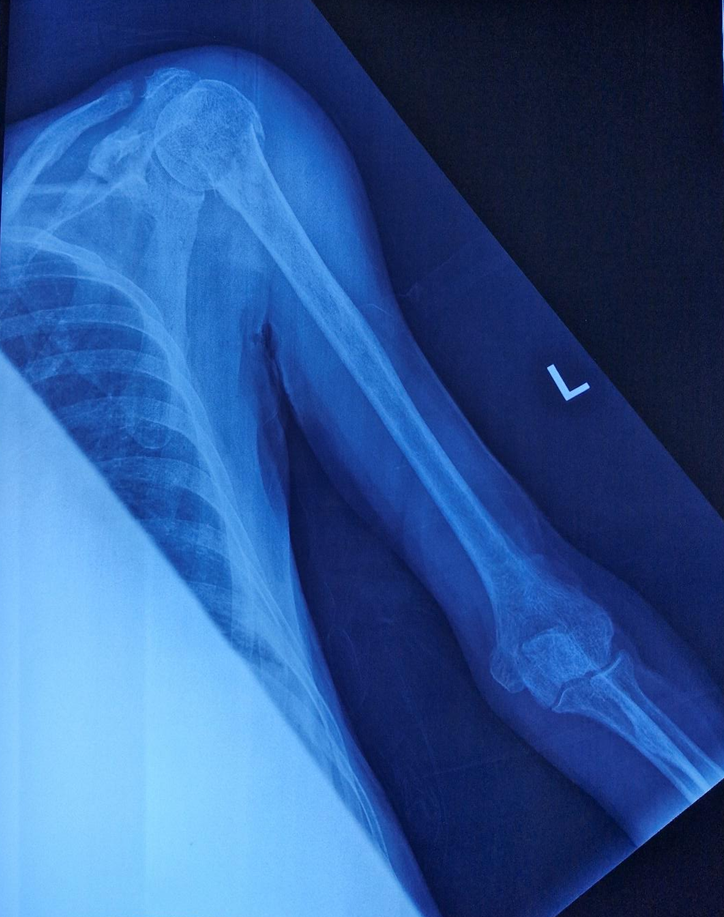MSGM Clinical Case Discussion November 2025
- Malaysian Society of Geriatric Medicine
- Nov 1
- 4 min read
Prepared by Ooi Seok Ling
Supervised by Dr Tan In Jiaan, Dr Toh Zeng Yan
Title: Multimorbidity in a Frail Elderly Patient: Fragility Fracture Evaluation, and Medication Safety Challenges
Mr. M is a 78-year-old man who lives with his wife. He is a retired businessman (formerly owned a restaurant, stopped working in 2014). He is an ex-smoker and a former alcoholic, having quit in 2020. He has gradually declined in function over the past 2 year and home bound most of the time.
Past Medical History
Type 2 Diabetes Mellitus (latest HbA1c 8.5%)
Hypertension
Hyperlipidemia
Ischemic heart disease – post CABG (2019); ECHO 2022: LVEF 67.8%, no RWMA
Chronic kidney disease stage 3b
H/o CVA in 2022 and 2024 with Post stroke epilepsy
Chronic pain syndrome secondary to lumbar spondylosis with associated muscle spasm and chronic lower back pain (under pain clinic follow-up since 2023) –initially presented to orthopedic clinic with complaints of lower back pain since 2022 after stroke, pain radiates to bilateral lower limb (occasional radiculopathy pain with pain score 7), referred to pain clinic as patient refuses surgical intervention.
Current Medications
Clopidogrel 75 mg OD
Metformin XR 1 g ON
Atorvastatin 40 mg ON
Felodipine 10 mg BD
Phenytoin 300 mg ON
Calcium carbonate 500 mg OD
Pregabalin 75 mg ON
Tramadol 50 mg BD
Paracetamol 1 g BD
Myonal 50mg TDS
Neurobion 1tab OD
Functional Status
Mobility: Ambulates with a quadripod.
IADL: Daughter manages finances since 2019 (post-seizure). No longer drives. Able to prepare tea and wash dishes. Medications are supervised by family members.
BADL: Independent in grooming, bathing, toileting, and feeding.
Cognitive, Behavioural and Mood Assessment
Progressive short-term memory impairment over 2 years.
Misuses words, difficulty operating household appliances.
Forgets meals, repeats questions, occasionally accuses others.
Disoriented to time.
No abnormal behaviours observed.
Mood: Generally quiet, irritable when corrected, expresses feelings of being a burden.
Sleep: Poor sleep quality — typically sleeps from 3 a.m. to 6 a.m. with frequent awakenings.
Documented MMSE (June 2025): 24/30 (orientation 9/10, attention 1/5,recall 2/3,), CDT 3/3, GDS 7/15
Other Symptoms
Urinary: Nocturia, slow stream, hesitancy, terminal dribbling, and sensation of incomplete emptying for 5–6 years.
Bowel: Constipation for 2 years, with intermittent diarrhoea and occasional faecal incontinence.
Appetite: Poor appetite, consumes small portions (bread and milk for breakfast, rice/porridge for dinner). Noted 10 kg weight loss over 2 years.
Hearing: bilateral mild to severe sensorineural hearing loss
Recent Event
Patient was recently admitted following an early morning episode of giddiness and unsteadiness while walking to the toilet. Later at 2 p.m. (9/9/25), he experienced a syncopal episode characterized by blank staring and unresponsiveness for 2–3 minutes, followed by a fall onto his left side. No prior history of syncope.
There was no fever, chest pain, facial asymmetry, abnormal movements, drooling, or weakness.
Emergency Department Findings
GCS: Full
Vital signs: BP 144/79 mmHg, PR 73 bpm, SpO₂ 96% (RA), DXT 8.8 mmol/L
Neurological: Left upper limb power 3/5 (limited by pain); other limbs 5/5. Quadriceps wasting noted. Normal sensation, reflexes, and downgoing plantar responses.
Musculoskeletal: Left upper limb tenderness over shoulder and arm; unable to lift arm but able to move wrist and fingers. No visible deformity. Radial pulse palpable.
Physical Examination
Height: 171 cm
Weight: 42 kg
BMI: 14 kg/m² (underweight)
Postural Vital Signs:
Lying: BP 155/64, PR 72
Sitting: BP 110/62, PR 85
Standing (1–3 min): BP 129/46 → 133/55 → 141/58; PR 79–81
Chest: Clear breath sounds bilaterally
Cardiovascular: Normal heart sounds, no murmurs
Abdomen: Soft, non-tender, no palpable masses
Spine: No deformity; tenderness over paraspinal muscles
Laboratory Findings (9/9/25):
Parameter | Results |
Hb | 7.3 |
Wcc/plt | 6.4/331 |
Urea/creat | 12/140 |
Na/K | 138/5.3 |
Alb/globulin | 33/38 |
ALP | 748 |
Corrected Ca/phosphate | 2.47/0.73 |
TSH | 1.56 |
Folate/B12 | >45/193 |
Transerrin saturation | 11.8% |
TC/LDL | 6.8/3.6 |
PSA | 1.26 |
CEA | 5.4 (marginal raised) |
GGT | 50.9 (normal) |
ECG: Sinus rhythm, Q waves V1–V2, T-wave inversion aVL
Holter (12/9/25): The average heart rate was 81bpm, minimum heart rate was 61bpm, maximal heart rate was 102bpm. No episodes of bradycardia were detected. No pause>2s detected, no episodes of SVE tachycardia were detected. Approximately 0.00% total beats were ventricular beats (distributed in 3 ventricular ectopic)
Imaging: X-ray revealed a left neck of humerus fracture.

Pelvic x-ray (9/9/25):

CT Brain(9/9/25): Multifocal old infarcts with involving posterior circulation and cerebral atrophy
Previous CT Abdomen/Pelvis (19/6/25) :Diffuse sclerosis of the visualized spine as well as bilateral iliums, no fracture. The prostate is enlarged measuring 5.2cmx3.9x7.1cm. No enlarged para-aortic or pelvic lymph nodes. No periprostatic or pelvic lymphadenopathy. No enlarged inguinal lymph node. Impression: Diffuse sclerosis of the visualized spine as well as bilateral iliums, this is likely to represent bone metastasis. In view of the enlarged prostate, prostate carcinoma needs to be ruled out.


Assessment
Frail elderly (CFS 5) admitting for
1) left neck of humerus fracture
2) multiple comorbidities identified by CGA
-chronic malnutrition and underweight
-iron deficiency anemia
-MCI with adjustment mood disorder secondary to chronic illness
-High falls risk: sacropenia with quadriceps weakness lead to gait instability, postural hypotension, medication interaction potential, anticholinergic burden
3) Raised ALP with normal calcium and phosphate & imaging showed sclerosis of bone: possible malignancy related
Questions:
1. How can chronic pain in elderly patients with multimorbidity be effectively managed considering the potential long term risk of polypharmacy and medication side effects?
2. What are the evidence-based imaging and biomarkers to guide evaluation and management of the fracture and other bone abnormalities based on your possible differential diagnosis?
3. What are the potential medication interactions and potential risks with renal impairment?

Comments